Remove carbon as you grow your business
Stripe Climate is the easiest way to help promising permanent carbon removal technologies launch and scale. Join a growing group of ambitious businesses that are changing the course of carbon removal.
Get started
Choose the solution that’s right for you
There are two ways to become an early buyer of carbon removal with Stripe Climate. All purchases are facilitated by Frontier, an advance market commitment to buy an initial $1B+ of permanent carbon removal by 2030.
Climate Commitments
In just a few clicks, direct a percentage of your revenue to help the earliest-stage carbon removal companies in Frontier’s portfolio get out of the lab and into the field. This is the right choice for businesses that (i) care primarily about catalysing the field and (ii) don’t need to buy a specific number of tons to meet a climate target.
Climate Orders
Pre-order a specific number of tons via the Stripe Dashboard or API. Tons will be supplied from Frontier's offtake portfolio. This is the right choice for businesses that (i) need to buy a specific number of tons to meet a climate target or (ii) want to offer carbon removal to their own customers.
The case for funding carbon removal
Carbon removal is critical to counteract climate change
To prevent the most catastrophic effects of climate change, we should aim to limit global average temperature increase to 1.5°C above pre-industrial levels, which corresponds to reducing global annual CO₂ emissions from about 40 gigatons per year as of 2018, to net zero by 2050.
To accomplish this, the world will likely need to both radically reduce the new emissions we put into the air, and remove carbon already in the atmosphere.
However, carbon removal is behind
Existing carbon removal solutions such as reforestation and soil carbon sequestration are important, but they alone are unlikely to scale to the size of the problem. New carbon removal technologies need to be developed – ones that have the potential to be high volume and low cost by 2050 – even if they aren’t yet mature.
Today, carbon removal solutions face a chicken-and-egg problem. As early technologies, they’re more expensive, so don’t attract a critical mass of customers. But without wider adoption, they can’t scale production to become cheaper.
Early adopters can change the course of carbon removal
Early purchasers can help new carbon removal technologies get down the cost curve and up the volume curve. Experience with manufacturing learning and experience curves has shown repeatedly that deployment and scale beget improvement, a phenomenon seen across DNA sequencing, hard drive capacity, and solar panels.
This thinking shaped Stripe’s initial purchases and ultimately led us to launch Frontier, an advance market commitment (AMC) to buy carbon removal. The goal is to send a strong demand signal to researchers, entrepreneurs, and investors that there is a growing market for these technologies. We’re optimistic that we can shift the trajectory of the industry and increase the likelihood the world has the portfolio of solutions needed to avoid the worst effects of climate change.
How we find and fund
Our portfolio and scientific reviewers
All purchases are facilitated by Frontier, an advance market commitment to buy $1B+ of permanent carbon removal by 2030. Frontier’s in-house team of science and commercial experts, supported by 60+ external technical reviewers, sources and evaluates the most promising carbon removal technologies. Explore the growing portfolio of projects, read the criteria we use to select them, or view our open sourced project applications.
Target criteria
See what we look for when evaluating projects.
Project applications
View our open source project applications.
Our portfolio


Lithos accelerates the natural ability of rocks to absorb CO₂ by spreading superfine crushed basalt on farmlands and measuring the removal empirically. They’re pioneering a novel measurement technique that more accurately quantifies the carbon permanently removed from enhanced weathering.


Over geologic timescales, CO₂ chemically binds to minerals and permanently turns to stone. Heirloom is building a direct air capture solution that accelerates this process to absorb CO₂ from the ambient air in days rather than years, and then extracts the CO₂ to be stored permanently underground.


CarbonCapture’s direct air capture machines use solid sorbents that soak up atmospheric CO₂ and release concentrated CO₂ when heated. CarbonCapture’s core innovation is making the capture system modular and upgradeable so that they can swap in best-in-class sorbents as they become available. The captured CO₂ stream is then stored permanently underground.
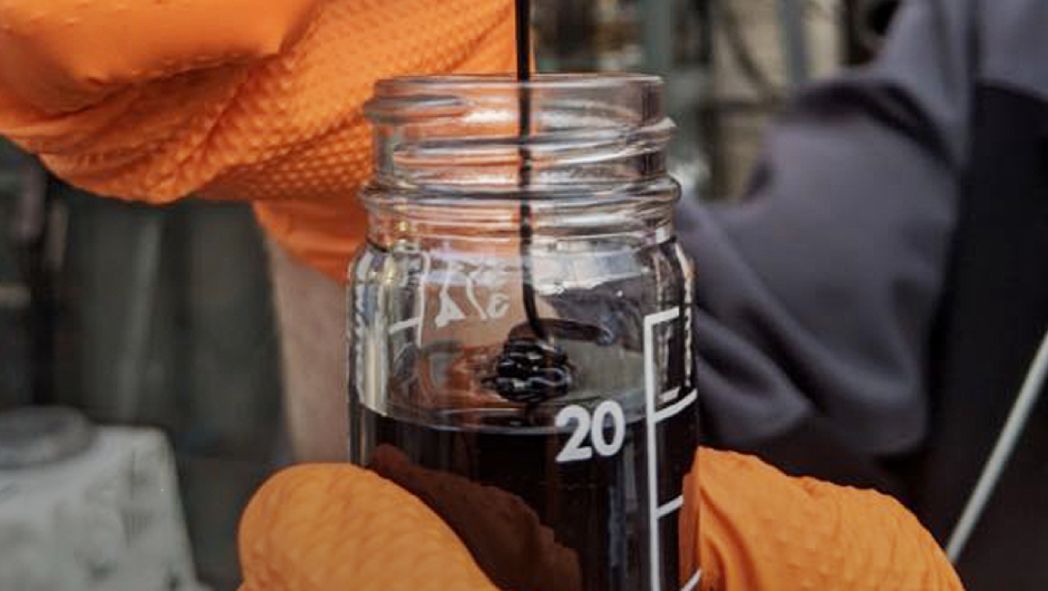

Charm Industrial has created a novel process for preparing and injecting bio-oil into geologic storage. Bio-oil is produced from biomass and maintains much of the carbon that was captured naturally by the plants. By injecting it into secure geologic storage, they’re making the carbon storage permanent.
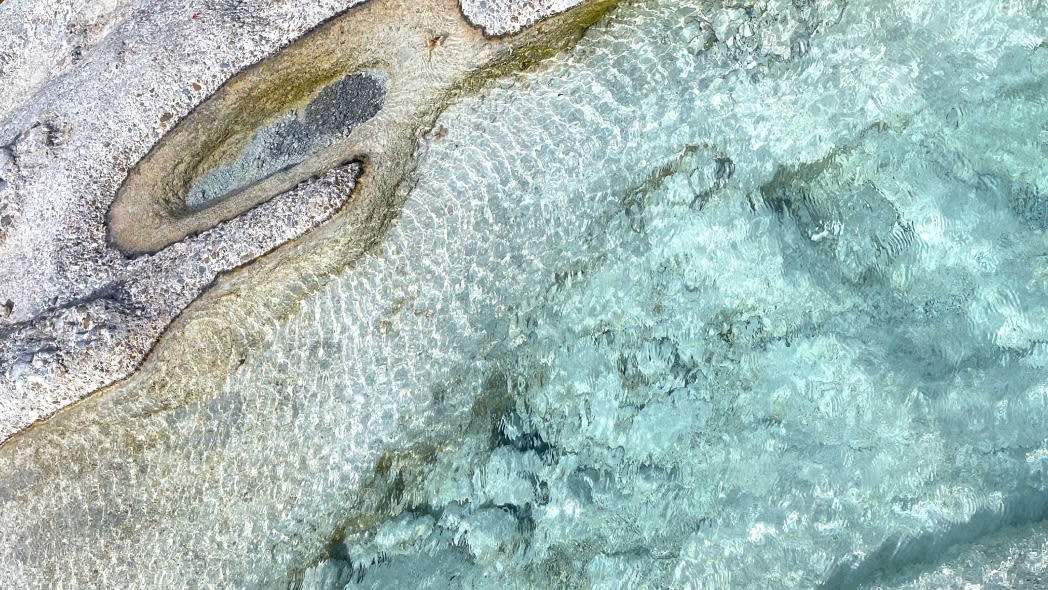

44.01 turns CO₂ into rock, harnessing the natural power of mineralisation. Their technology injects CO₂ into peridotite, an abundantly available rock, where it is stored permanently. This storage approach can be paired with a variety of capture technologies.


Airhive is building a geochemical direct air capture system using a sorbent that can be made out of cheap and abundant minerals. This sorbent reacts rapidly with atmospheric CO₂ when mixed with air in Airhive’s fluidised bed reactor. Coupled with a regeneration process that’s powered by electricity to release the CO₂ for geologic storage, this provides a promising approach to low-cost DAC.
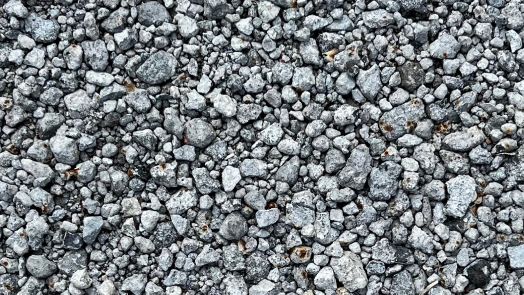

Alkali Earth uses alkaline by-products from industrial processes as carbon-removing gravel to apply to roads. These minerals act as a sink for atmospheric CO₂, storing it permanently while cementing road surfaces. The formation of CO₂-containing minerals within the gravel can be directly measured, leading to high-confidence in resulting removals.


Arbor is developing a modular, compact approach to Biomass Carbon Removal and Storage (BiCRS), the process of removing carbon by converting biomass waste to products such as electricity and permanently storing the CO₂ underground. Their technology combines a gasifier that can work flexibly across biomass types with an advanced turbine that maximises electrical efficiency. Arbor’s modular system can be quickly deployed and is designed to be manufactured at substantially lower costs.
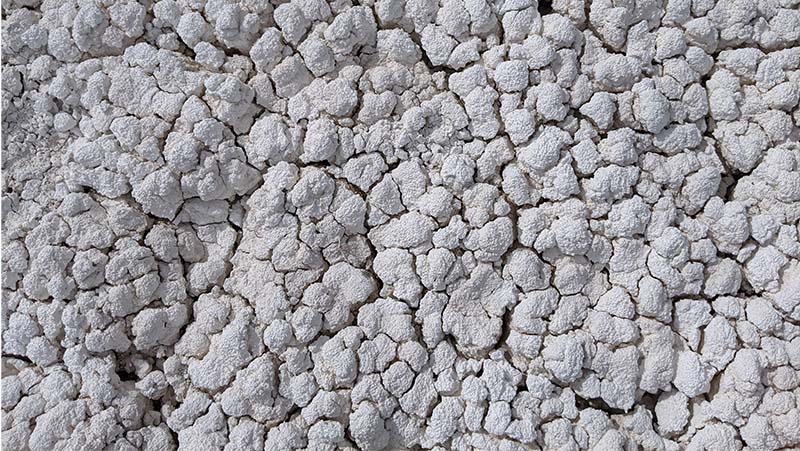

Arca is capturing CO₂ from the atmosphere and mineralising it into rock. They work with producers of critical metals, transforming mine waste into a massive carbon sink. With autonomous rovers, their approach accelerates carbon mineralisation, a natural process storing CO₂ permanently as new carbonate minerals. By creating a system that works directly at the mine site, Arca avoids the cost and emissions of moving material to processing facilities.


AspiraDAC is building a modular, solar-powered direct air capture system with the energy supply integrated into the modules. Their metal-organic framework sorbent has low temperature heat requirements and a path to cheap material costs, and their modular approach allows them to experiment with a more distributed scale-up.


Banyu Carbon uses sunlight to capture CO₂ from seawater. A reusable, light-activated molecule that becomes acidic when exposed to light causes carbon dissolved in seawater to degas as CO₂, which is then stored permanently. Because only a small portion of the visible light spectrum is needed to trigger the reaction, this is a highly energy-efficient approach to direct ocean removal.
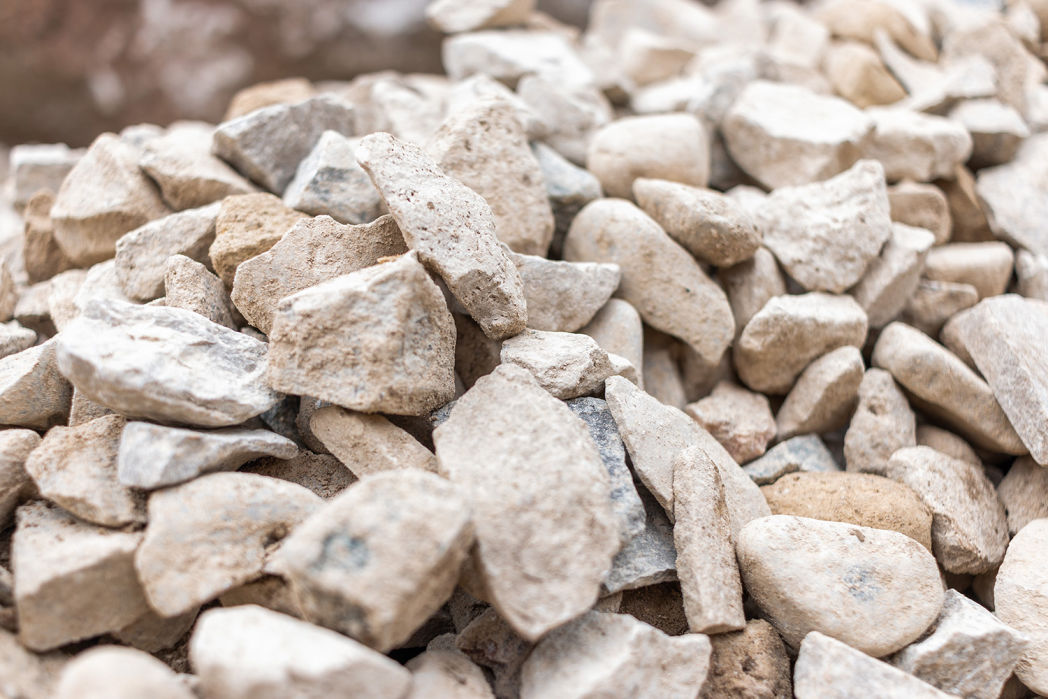

This project, a collaboration between 8 Rivers' Calcite and Origen, accelerates the natural process of carbon mineralisation by contacting highly reactive slaked lime with ambient air to capture CO₂. The resulting carbonate minerals are calcined to create a concentrated CO₂ stream for geologic storage, and then looped continuously. The inexpensive materials and fast cycle time make this a promising approach to affordable capture at scale.


Captura is harnessing the ocean for scalable removal by designing an electrochemical process to separate acid and base from seawater. The acid is used to remove CO₂ that’s present in seawater, which is injected for permanent geologic storage. The base is used to treat and return the remaining water safely to the ocean, and the ocean then draws down further CO₂ from the atmosphere. Captura is developing optimised membranes to increase electrical efficiency and reduce removal costs.


CarbonBlue uses calcium in a closed-loop cycle to mineralise, separate, and remove dissolved CO₂ from water. This results in a pure stream of CO₂ that can be durably sequestered. Their approach can operate in freshwater or saltwater and can rely on waste heat for the regeneration process. The team plans to integrate with desalination plants and other water-withdrawing industries, reducing energy usage and costs.


CarbonBuilt’s process readily converts dilute CO₂ into calcium carbonate, creating a “no compromise” low-carbon alternative to traditional concrete. As a profitable and scalable solution for permanent CO₂ storage, CarbonBuilt’s technology platform can serve as a critical component of future carbon removal systems using direct air capture.


CarbonRun enhances the natural ability of river currents to weather abundant, low-cost limestone and reduce river acidity levels. This benefits river ecosystems locally and enhances the rivers’ ability to capture CO₂ from the atmosphere. Rivers, which are natural carbon transport systems, then deliver CO₂ to the ocean for permanent storage in the form of bicarbonate.
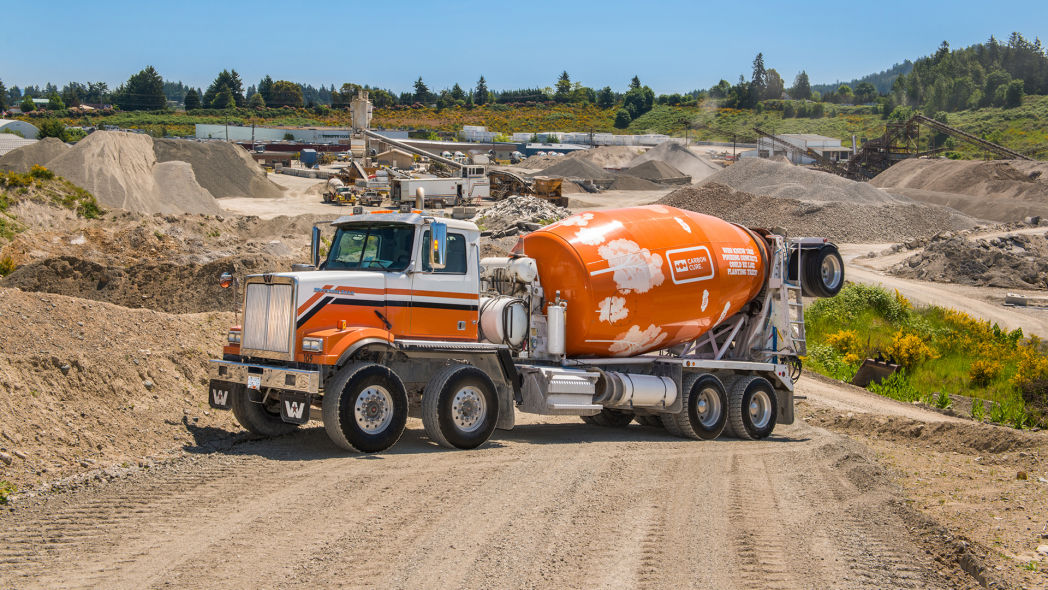

CarbonCure injects CO₂ into fresh concrete, where it mineralises and is permanently stored while improving the concrete’s compressive strength. Today they source waste CO₂, but represent a promising platform technology for permanent CO₂ storage, a key component of future carbon removal systems.
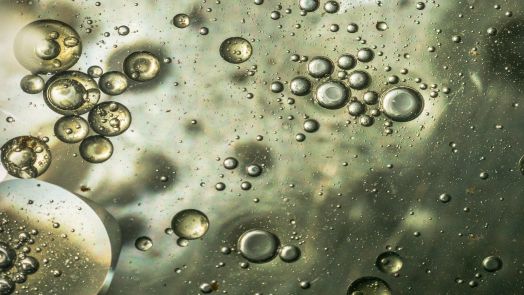

Carbon Atlantis is using a process known as electrochemical pH-swing. Their system uses a solvent to capture CO₂ and an acid to release it. This approach is inspired by recent innovation in Proton Exchange Membrane fuel cells and electrolysers, making the process both cost-effective and energy-efficient. The CO₂ is then run through Paebbl’s mineralisation process for permanent storage in construction materials.


Carbon To Stone is developing a new form of direct air capture, in which a solvent that binds CO₂ is regenerated by reacting with alkaline waste materials. By replacing conventional solvent regeneration using heat or pressure changes with direct mineralisation of low-cost alkaline wastes such as steel slag, the team can significantly reduce the energy, and thus the cost, required. The CO₂ is durably stored as solid carbonate materials that can be used for alternative cements.


Cella increases the options for safe and secure carbon storage via mineralisation. They accelerate the natural process that converts CO₂ into solid mineral form by injecting it into volcanic rock formations together with saline water and geothermal brine waste, with an approach that lowers cost and minimises environmental impacts. Cella’s technology integrates low-carbon geothermal heat and can be paired with a variety of capture methods.
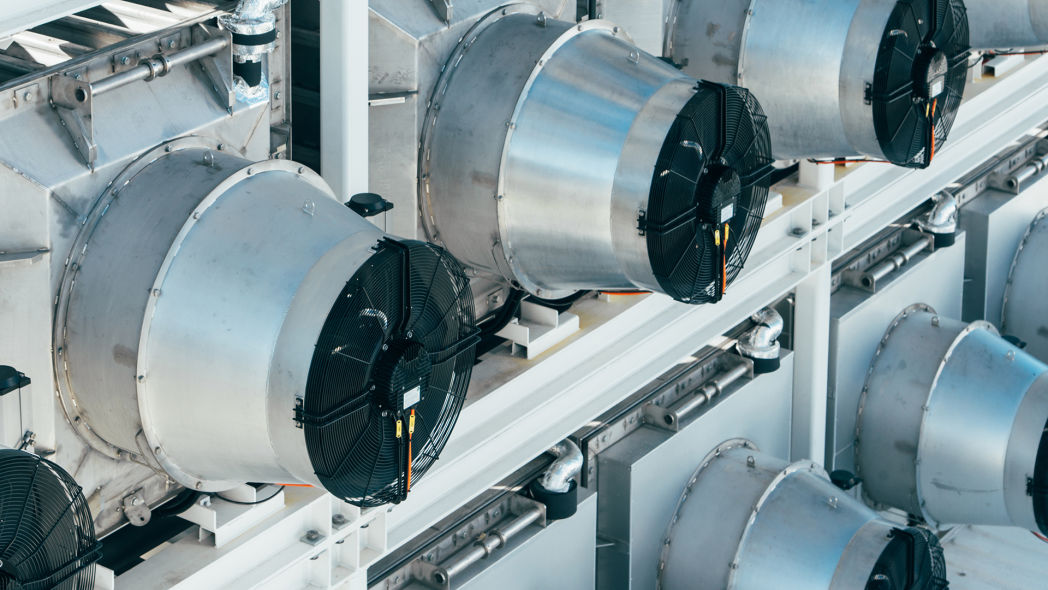

Climeworks uses renewable geothermal energy and waste heat to capture CO₂ directly from the air, concentrate it, and permanently sequester it underground in basaltic rock formations with Carbfix. While it’s early in scaling, it’s permanent, easy to measure, and the capacity of this approach is theoretically nearly limitless.


CREW is building specialized reactors to enhance natural weathering. The container-based system creates optimised conditions to speed up the weathering of alkaline minerals, and the discharged water stores CO₂ from wastewater safely and permanently as bicarbonate ions in the ocean. CREW’s system makes measuring CO₂ removed easier and can react with CO₂ from a variety of sources, including direct air capture and biomass systems, to maximise scale.
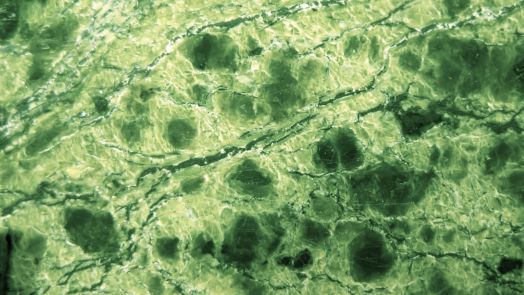

EDAC Labs uses an electrochemical process to produce acid and base. The acid is used to start the recovery of valuable metals from mining waste, and the base is used to capture CO₂ from air. The acid and base streams are then combined to produce metals that can be sold for applications such as batteries, and solid carbonates, which permanently store CO₂.


Ebb Carbon mitigates ocean acidification while capturing CO₂. Using membranes and electrochemistry, Ebb removes acid from the ocean and enhances its natural ability to draw down CO₂ from the air for storage as oceanic bicarbonate.


Eion accelerates mineral weathering by mixing silicate rocks into soil. Their pelletised product is applied by farmers and ranchers to increase carbon in the soil, which over time makes its way into the ocean where it’s permanently stored as bicarbonate. Alongside their technology development, Eion is also conducting a novel soil study to improve the field's measurement of CO₂ uptake.


Equatic leverages the power and scale of the world’s oceans to remove carbon. Their experimental electrochemical process sequesters CO₂ in seawater as carbonates, an inert material comparable to seashells, thereby enabling energy-efficient and permanent CO₂ removal.
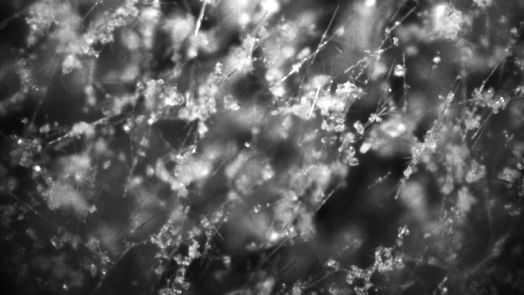

Holocene captures CO₂ from air using organic molecules that can be produced at low cost. In the first step of their process, CO₂ is captured from air when it comes into contact with a liquid solution. In the second step, a chemical reaction crystallises the material as a solid. That solid is heated up to release the CO₂, minimising energy wasted in heating water. Holocene’s process runs at lower temperatures, further reducing the energy required, increasing energy flexibility, and lowering overall cost.
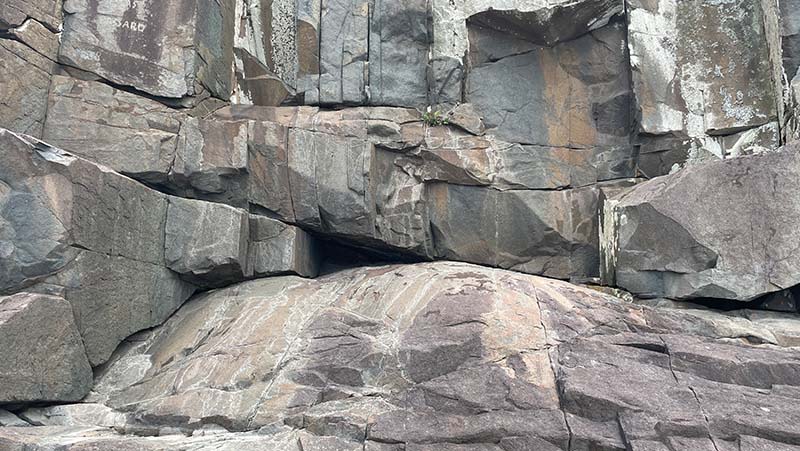

Inplanet accelerates natural mineral weathering to permanently sequester CO₂ and regenerate tropical soils. They partner with farmers to apply safe silicate rock powders under warmer and wetter conditions that can result in faster weathering rates and thus faster CO₂ drawdown. The team is developing monitoring stations to generate public field trial data to improve the field’s understanding of how weathering rates vary under tropical soil and weather conditions across Brazil.
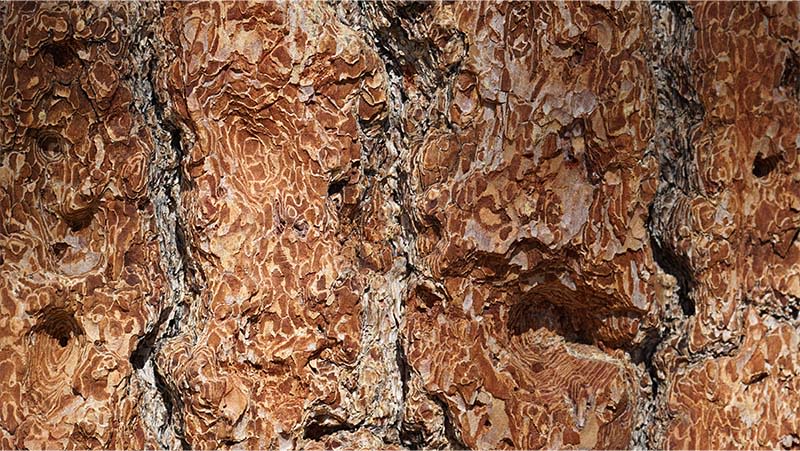

Kodama and the Yale Carbon Containment Lab are deploying a proof-of-concept method of storing waste woody biomass by burying it in anoxic chambers underground, preventing decomposition. The team will experiment with how chamber conditions and above-ground disturbances impact durability and reversal risk.


Living Carbon wants to engineer algae to rapidly produce sporopollenin, a highly durable biopolymer which can then be dried, harvested and stored. Initial research aims to better understand the field's thinking on the durability of sporopollenin as well as the optimal algae strain to quickly produce it. Applying synthetic biology tools to engineer natural systems for improved and durable carbon capture has the potential to be a low-cost and scalable removal pathway.


Mati applies silicate rock powders to agricultural fields, starting with rice paddy farms in India. These rocks react with water and CO₂ to produce dissolved inorganic carbon that is subsequently stored in the local watershed and eventually in the ocean. Mati relies on rice field flooding and higher subtropical temperatures to accelerate weathering, and extensive sampling and soil and river modelling to measure removal and deliver co-benefits to smallholder farmers.


Mission Zero electrochemically removes CO₂ from the air and concentrates it for a variety of sequestration pathways. Their experimental room-temperature process can be powered with clean electricity and has the potential to achieve low costs and high volumes using modular, off-the-shelf equipment.


Nitricity is exploring the potential of integrating carbon removal into a novel process for the electrified production of clean fertiliser. This process combines carbon-neutral nitrogen compounds, phosphate rock and CO₂, producing nitrophosphates for the fertiliser industry and storing CO₂ durably as limestone. This new pathway could present a low-cost storage solution for dilute CO₂ streams with co-benefits of decarbonising the fertiliser industry.


Planetary harnesses the ocean for scalable removal. They introduce alkaline materials to existing ocean outfalls like wastewater plants and power station cooling loops. This speeds up the sequestration of CO₂ safely and permanently as bicarbonate ions in the ocean. Planetary then verifies the removal through advanced measurement and modelling techniques.
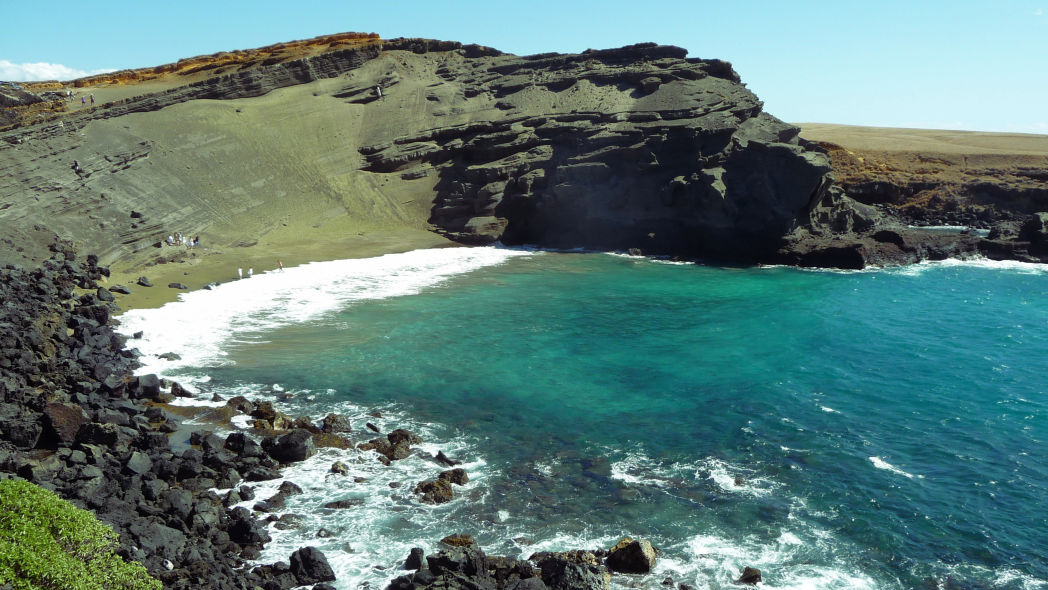

Project Vesta captures CO₂ by using an abundant, naturally occurring mineral called olivine. Ocean waves grind down the olivine, increasing its surface area. As the olivine breaks down, it captures atmospheric CO₂ from within the ocean and stabilises it as limestone on the seafloor.
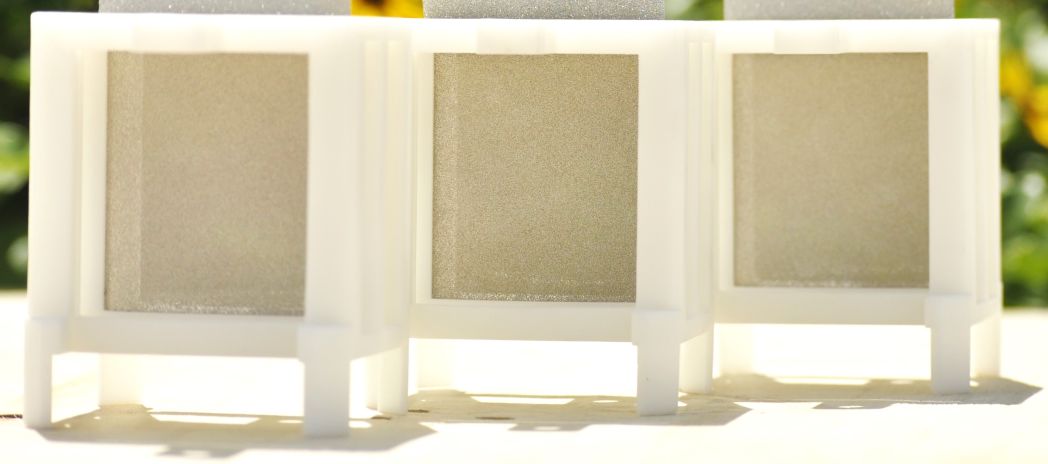

RepAir uses clean electricity to capture CO₂ from the air using a novel electrochemical cell and partners with Carbfix to inject and mineralise the CO₂ underground. The demonstrated energy efficiency of RepAir’s capture step is already notable and continues to advance. This approach has the potential to deliver low-cost carbon removal that minimises added strain to the electric grid.


Running Tide amplifies natural processes to remove carbon in the open ocean. Their buoys are made from carbon-rich forestry by-products, coated with carbonate material, and seeded with macroalgae. The floating buoys increase ocean alkalinity and grow macroalgae before sinking biomass to the deep ocean. Their scalable approach is powered by photosynthesis, ocean currents, and gravity.
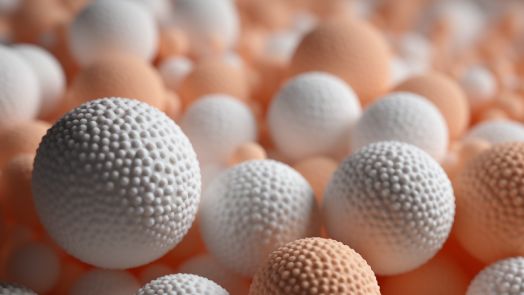

Spiritus uses a sorbent made from commercially-available materials and a passive air contactor that requires little energy to capture CO₂. The CO₂-saturated sorbent is then regenerated using a novel desorption process, capturing the CO₂ and allowing the sorbent to be reused with less energy than a higher-heat vacuum chamber typically used in direct air capture approaches. The high-performance, inexpensive sorbent and lower regeneration energy provide a path to low cost.


Sustaera uses ceramic monolith air contactors to capture CO₂ directly from the air for permanent storage underground. Their direct air capture system, powered by carbon-free electricity and built with modular components, is designed for quick manufacturing and capture at scale.


Travertine is re-engineering chemical production for carbon removal. Using electrochemistry, Travertine produces sulphuric acid to accelerate the weathering of ultramafic mine tailings, releasing reactive elements that convert carbon dioxide from the air into carbonate minerals that are stable on geologic timescales. Their process turns mining waste into a source of carbon removal as well as raw materials for other clean transition technologies such as batteries.
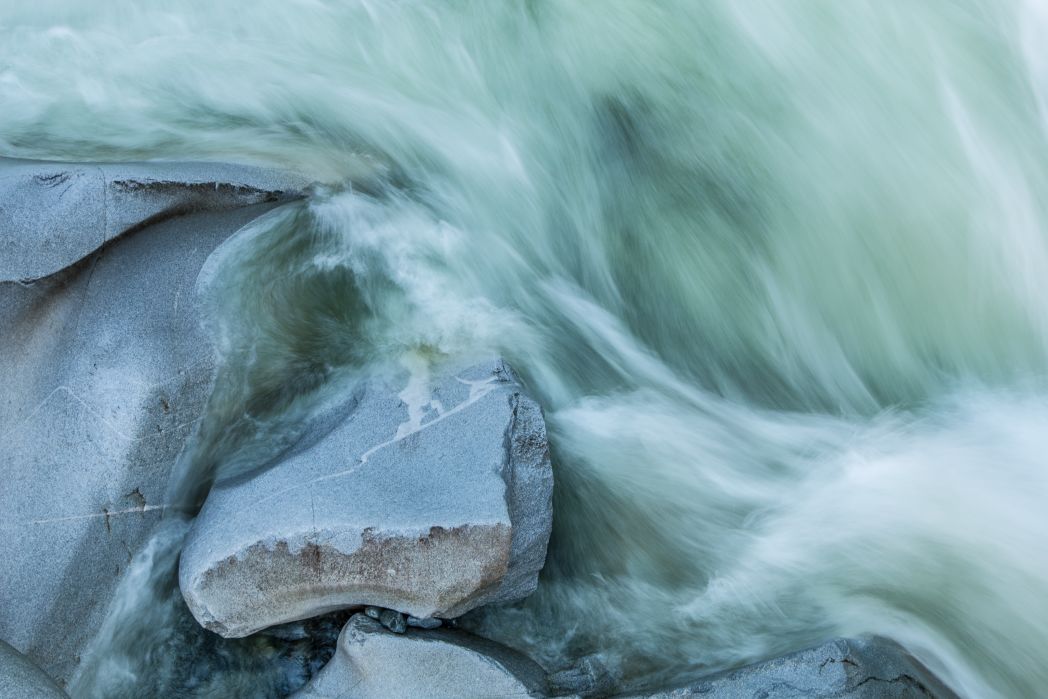

UNDO spreads crushed basalt rock on agricultural land, accelerating the natural process of rock weathering. CO₂ dissolved in rainwater reacts with the rock, mineralises and is safely stored on geologic timescales as bicarbonate. The team is conducting lab and field trials to further the evidence of enhanced rock weathering as a permanent, scalable, nature-enabled technology for carbon removal.


Vaulted Deep injects organic waste into durable wells, where the carbon in the waste is sequestered as it decomposes. Using a specialised slurry injection technology, their process can handle a wide range of organic carbon sources with minimal energy and upfront processing. Their system has the potential to be deployed quickly at large scales.


Arbon uses a 'humidity-swing' process to capture CO₂ from the air. The sorbent binds CO₂ when dry and releases it when wet. This process uses less energy than approaches that rely on changing temperature and pressure to release CO₂. The sorbent’s ability to bind CO₂ has been shown to remain stable over thousands of cycles. Both of these innovations could reduce the cost of DAC.
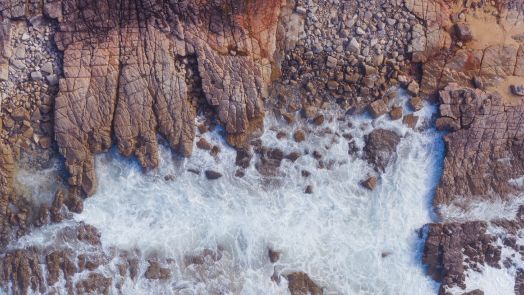

Vycarb uses a reactor to add limestone alkalinity to coastal ocean water, resulting in the drawdown and storage of atmospheric CO₂. Their dissolution system has a novel sensing apparatus that base tests water, dissolves calcium carbonate, and doses alkalinity into the water at a controlled amount safe for dispersion. Their closed system makes it easier to measure the amount of dissolved alkalinity added and CO₂ removed.
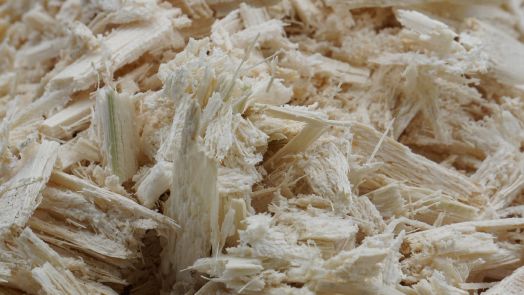

Carboniferous sinks bundles of leftover sugarcane fibre and corn stover into deep, salty, oxygenless basins in the Gulf of Mexico. The lack of oxygen in these environments – and therefore absence of animals and most microbes – slows the breakdown of biomass so it is efficiently preserved and stored durably in ocean sediments. The team will conduct experiments to determine the functional stability of sunken biomass as well as the interaction with ocean biogeochemistry.


Rewind uses cranes off of boats to sink agricultural and forest residues to the oxygenless bottom of the Black Sea, the largest anoxic body of water on Earth. Oxygenless water dramatically slows biomass decomposition. The lack of living organisms in the Black Sea limits any potential ecosystem risks. This process allows for affordable and environmentally safe carbon removal.